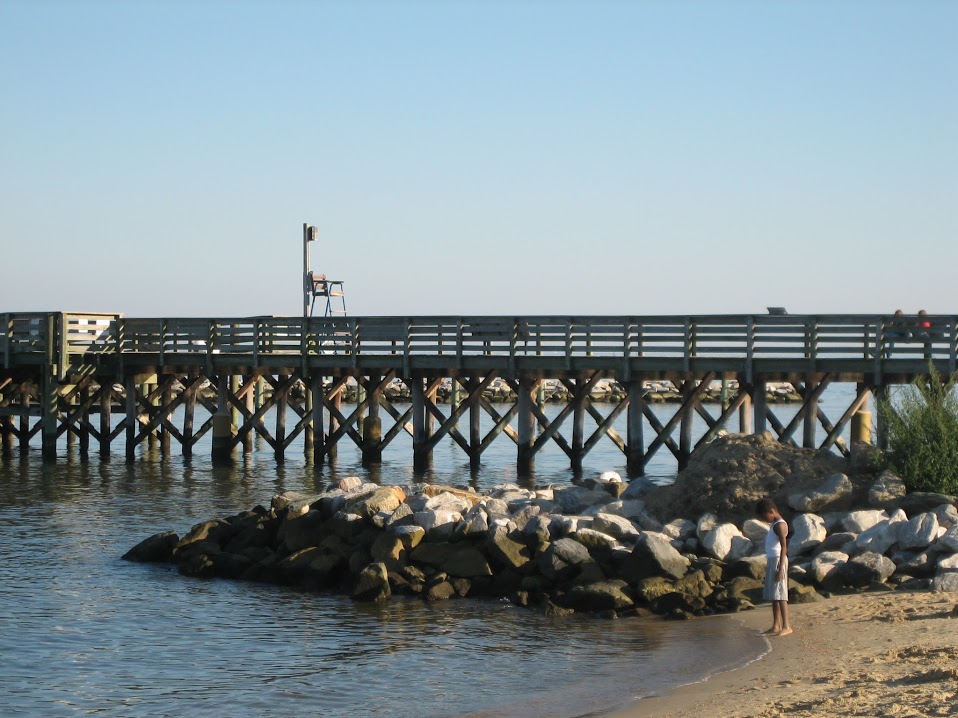The comment period on the Draft Chesapeake Bay Watershed Agreement closed March 17. The agreement is the fourth of its kind and sets new restoration goals and a new decision-making framework for the Chesapeake Bay Program. It is, however, the first agreement since the U.S. Environmental Protection Agency (EPA) established the Chesapeake Bay Total Maximum Daily Load (TMDL). The agreement supports the TMDL 2025 goals and calls for interim loading goals along with EPA review of state watershed implementation plans.
As reported in Bloomberg BNA, the water treatment industry states that the agreement should not give primacy to federal entities to alter state water quality improvement programs. Further, the sector calls for making the 2025 deadline a goal rather than a hard deadline and recommends integrating affordability criteria into the restoration strategy and implementation planning. The cost of compliance is high, and the burden does not fall on all sectors and land uses equally.
Other parts of the agreement were opposed by environmental groups, such as the opt-out clause that allows states to withdraw from their goals. The Chesapeake Bay Foundation also criticized the power given to senior state and federal regulatory staff on the Principal’s Staff Committee’s to alter goal outcomes. Further, unlike previous draft agreements, this one does not include goals for reducing toxics pollution.
Some in the agricultural sector were concerned about the fact that the agreement aligns with the bay TMDL, which groups like the Virginia Grain Producers Association and American Farm Bureau Federation think is beyond the scope of the Clean Water Act.
The Chesapeake Bay Program plans to issue a final draft by summer, which must be approved by the Chesapeake Executive Council. Find a summary of the comments here.













